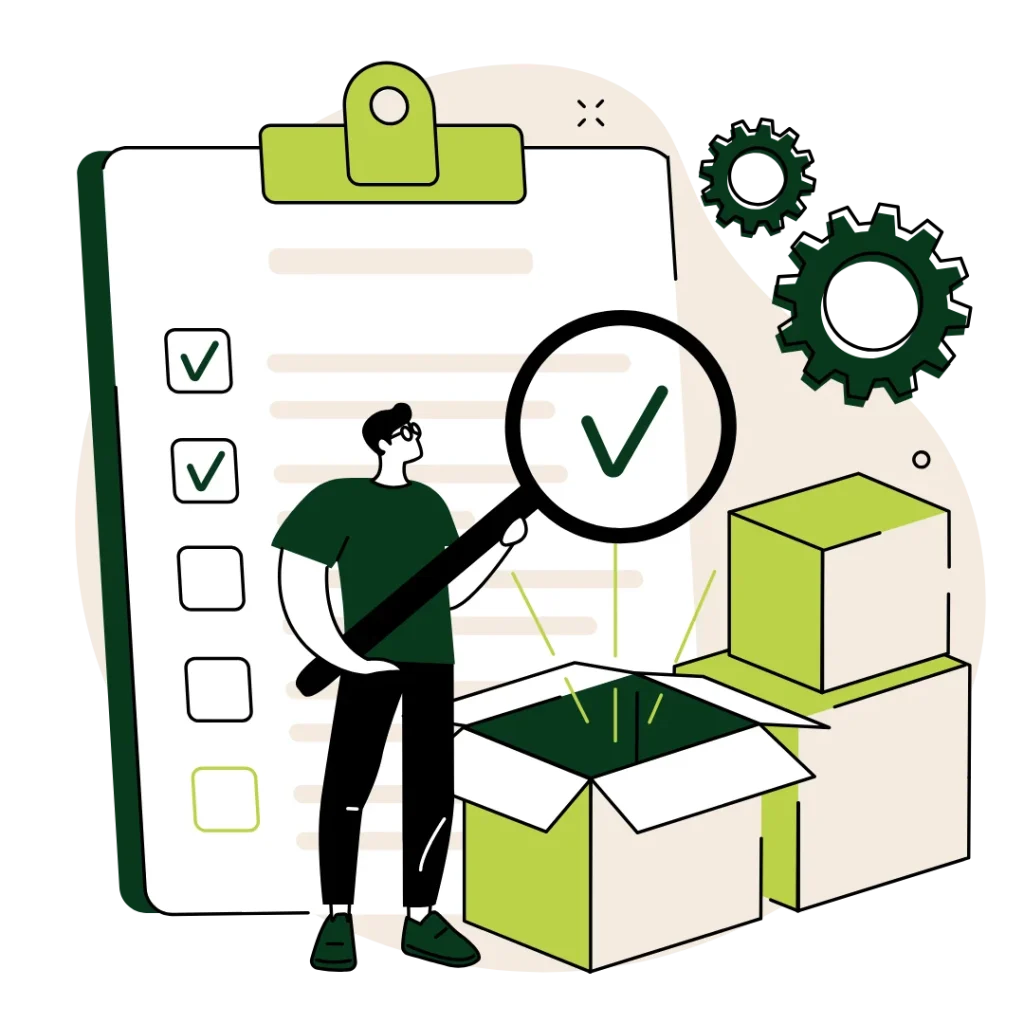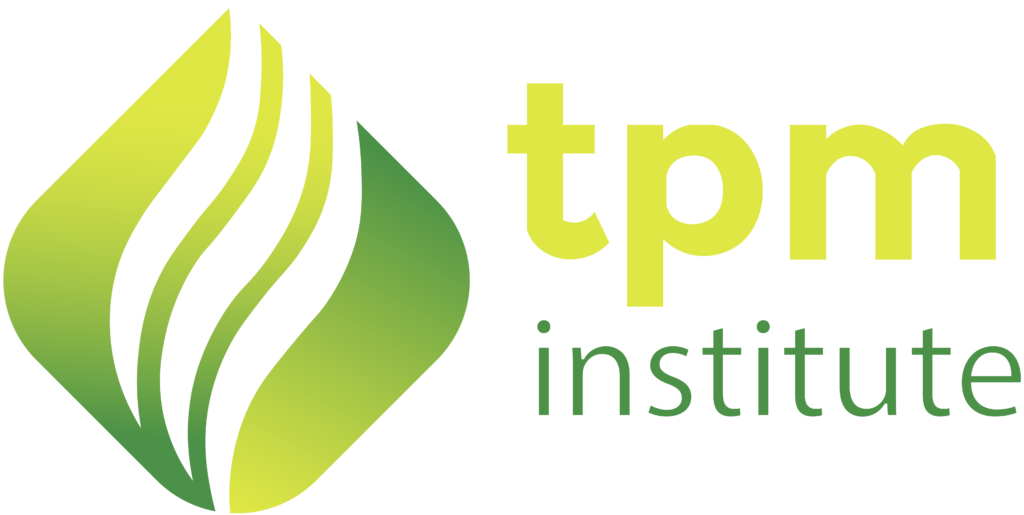Certified Technical Program Manager Bootcamp (CTPM)
(2-Day Instructor Led)
CTPM© Certification – Certified Technical Program Manager
course offer 14 PMI PDUs upon successful completion, under ways of working
Get guidance from our team of educators
Our Community is Growing Every Day!
Course Overview
The Technical Program Manager course is intended for professional looking for a career progression in the field of creative, technical problem solving, iterative value delivery, leading without managing and dealing with an ever changing landscape of a technology program. In this course, we will cover the overall lifecycle of a program. Including high-level and low-level technical system design, program initiation, planning, execution, and real-world scenarios on what challenges to expect and how to tactfully overcome them.
The bootcamp has been curated by Technical Program Management professionals from the largest technical organizations leading the transition to the world of Technical Program Management including Microsoft, Google, Meta, Apple, and Netflix. At the end of this certification workshop, you will be able to lead the initiation, planning, design, and execution of highly scalable, extensible, analytical, microservice oriented, data driven programs in a strategic, goals oriented manner.
Half-Day Sessions
We teach in half-day sessions live over the internet to allow you the flexibility to fix your work and lifestyle commitments into the days you have class. This also gives you more time to spend, off line if needed, with the instructor.
Live Classes
Experience interactive, instructor-led sessions designed to enhance your learning through real-time discussions and problem-solving.
Hands-on Workshop
Interact with your fellow students, to learn from their skills and experience while attacking the many program labs in the course. These exercises are built to fortify the skills you learned in lecture and will help you bring your new skills to your day to day job.
Who Should Attend?
The bootcamp is intended to provide a perfect blend of technical knowledge and program management fundamentals. You should attend if you are a Project Manager, Program Manager, Project Coordinator, Agile Scrum Master, Agile Coach, Leader in the Project / Program Management Office, or a similar role in the project management and delivery space to benefit and upskill on the technical track. If you happen to be in the technical delivery domain, such as Software Developer, Engineer, QA, Technical Lead, Engineering Manager, or a similar technical delivery role, you should attend to learn and upskill on the program management and delivery principles.
Course Outline
A Course Outline is a comprehensive guide that details the key topics, learning objectives, teaching methods, and assessment strategies of a course. It serves as a roadmap for students, providing clarity on course expectations and ensuring a structured, engaging, and effective learning experience.
Section 1: Introduction to Technical Program Management
- What is Program Management
- What is the difference between a Project vs. Product vs. Portfolio vs. Program
- What is different about Technical Program Management
- Brief History of Technical Program Management
- Technical Program Structure → Organizational overview, Team Structure, Roles & Responsibilities
- The Technical Program Manager Health Radar
- Role of a Technical Program Manager → How does this role differ in the Technical Organizations (such as Microsoft, Google, Meta) vs Non-Technical Organizations (Banks, Insurance Companies, Airlines etc.)
- Domain Oriented Technical Program Managers 🡪 TPMs for initiatives focused on Infrastructure, Artificial Intelligence, Enterprise Business Intelligence, Cyber Security, Mobile, Web, Ops, Backend etc.
- Team Exercise – What are the skills required for successful Technical Program Management
- Team Exercise – Self assessment on where you stand on the Technical Program Manager Health Radar to better plan out your progress journey in the TPM role enablement

Section 2: Technology in Technical Program Management
- Technical Capabilities of a TPM to answer the essential question of “How technical do you need to be to become a successful TPM”
- Fundamentals of High-Level System Design using a non-technical delivery paradigm (design a shopping mall, designing a restaurant, designing a parking lot)
- Enterprise System Architecture from a legacy and modern-day perspective looking at Monolithic vs. Microservices vs. Serverless
- Understanding the concept of Scaling a system Vertically vs. Horizontally
- Technical Program Data Elements from a Database perspective focusing on SQL vs. NoSQL, Sharding vs. Partitioning vs. Replication
- Overview of Networking to understand LAN, WAN, NAT, Firewalls, DMZ and other elements
- Building Secure systems using authentication, authorization, encryption, Zero Trust, Least Privilege, CIA Triad (Confidentiality, Integrity, Availability)
- System Performance, Availability, Resilience & Communication covering Processing & Pre-processing, Queuing, Caching, Decoupling, Load Balancing,
- Using Telemetry for Logging & Metrics capturing to drive program outcomes
- Basics of Low-Level Design focusing on Object Oriented Design Principles, Design Patterns (YAGNI, KISS), Classes, Objects, Attributes and Methods
- Building Large Scale Distributed Systems using these fundamentals of system design
- Technical Goals in a Program Lifecycle
- Team Exercise – Technical System Design using a real-world non-technical example focusing on the principles of both high-level system design and low-level object-oriented programming fundamentals
- Team Exercise – How and where to utilize this technical knowledge base in your role as a TPM
- Case Study – Spotify Technical Architecture

Section 3: Program Initiation (Requirements & Design)
- Understanding the Problem Statement – Defining the Program Vision
- Learn how to effectively initiate a program without the over-design of waterfall vs. the undercooked agile / scrum model
- The Ideal Iteration 0 wherein the team walks away with technical structure and working agreements
- Pitfalls of Requirements (Agile & Waterfall) → Waterfall Too Much, Agile Too Little
- User-Centric categorization of requirements into Functional & Non-Functional
- Introduction to Journey Driven Development (JDD) as a method of defining technical value delivery and financial / non-financial value add
- Using the JDD approach to better prioritize the technical work to deliver value
- Capturing the Intrinsic & Extrinsic Technical Requirements & Architecture Design fundamentals
- Leveraging web tools to create technical artifacts such as Solution Architecture Diagrams, Class Diagrams and Entity Relationship Diagrams
- Recognizing the importance of the Three Ts of Program Planning → Team, Technology & Time (TTT)
- Learn techniques on Scope Management & understand the common mishaps that create uncertainty
Understand the Theory of Estimation → Using Relative and Absolute estimates to factor in accuracy vs. precision and the cone of uncertainty
How to navigate the organizational landscape by using political management & planning → Organizational Limitations, Best Practices, Prior Experience
Closing out the initiation phase with a technical and program management structure with Cadence & Artifacts Delivery Set-up and agreed
Team Exercise – A simulation of waterfall and agile requirements gathering to determine the efficacy of the models and a need for change
Team Exercise – Real-world use case of enabling a new service to a brownfield initiative vs. a greenfield program initiative
Team Exercise – Create a technical solution diagram using a web tool that depicts a real-world use case
Team Exercise – Initiation of a Technical Program in a Non-Technical, Political Landscape

Section 4: Technical Program Execution
Recapping the execution of the various agile ceremonies in a delivery team of a technical program
How to Effectively communicate within a Technical Program at the various organizational levels
Learn the best practices of written communication such as emails and newsletters
How to actively measure team performance & technical progress beyond the traditional burndown charts and velocity metrics
Understanding and installing the DevOps practices of Continuous Integration, Continuous Delivery and Continuous Deployment in the technical delivery teams
How to effectively manage and respond to Program Management Bureaucracy
Acknowledge the common program execution pitfalls – DSU Fails, No Retros, No POs, No Testing in Sprints, Backlog Readiness, Vendor Management, Resource Sharing – and how to effectively manage these scenarios
Planning for and addressing technical debt in your technical program
Leveraging the different Technical Deployment Patterns for Roll-out & Release Management – Blue Green Deployments, Dark Launches, A/B Testing, Canary Releases, Feature Flags etc.
Setting up a DevOps, DevSecOps & Site Reliability Engineering Model for the program as it deploys iteratively and needs to be maintained while continuously wowing the customer with new features
Recognizing the technical metrics and running the program using the NorthStar metric to gain Business Intelligence using Telemetry, TDD, HDD, Logging, Monitoring and Notifications
Team Exercise – Creation of a Robust Execution Structure across the SDLC
Team Exercise – Identify the appropriate deployment pattern for different real-world scenarios
Team Exercise – Create a release management plan for a greenfield large scale global launch
Case Study – Amazon AWS S3 Outage

Section 5: Program Control & Reporting
How to set up a Control & Reporting Structure at Different Levels of a Program – Team Level vs Line Management Level vs Senior Leadership Level
What kind of Technical Delivery Metrics should be captured & reported at various levels of the program – Code Coverage, Automation, Deployment Frequency, MTTR etc.
Capturing and reporting metrics around People, Performance & Program Management – Statuses, RAG, capacity, workload, efficiency, and many others
Understanding and building a program matrix of the reporting information, frequency, target audience and intended outcome for all communication and control
The role of a TPM in strategically dealing with political scenarios in organizations
Scaling, Expanding & Distributing the Technical Solution across the Organization as the TPM transitions the program into its next state
Team Exercise – Sam Altman’s “What I Wish Someone Had Told Me” as it pertains to organizational navigation and value delivery in your teams
Team Exercise – Considering the Spotify and Amazon S3 case studies that have been discussed, let’s build a reporting chart
Team Exercise – Dashboard in traditional delivery management tools such as Smartsheet, Jira and Azure DevOps

Section 6: Capstone Program (Optional Day-3 for Customized Private Delivery only)
- Technical Program Management Simulation
- Team Exercise – Designing a modern application microservice from initiation to technical execution, communication and reporting while dealing with challenges

Get Started
Start Your Course Today!
Unlock your potential with TPM Institute—empowering technical program managers to lead and innovate. Start your journey today!”




Trusted By Multiple Fortune 500 Companies.
